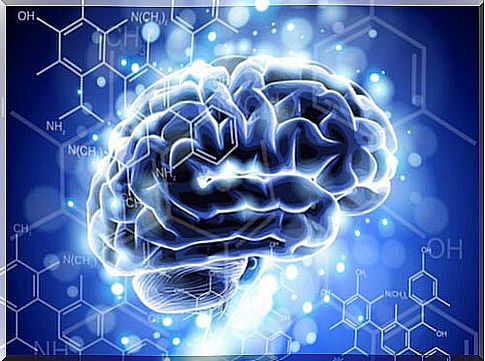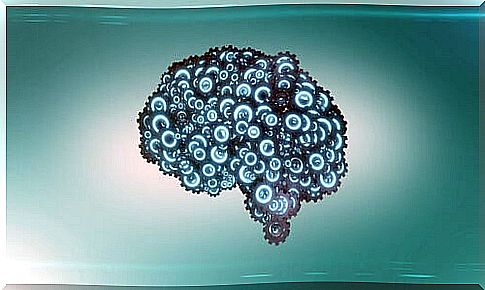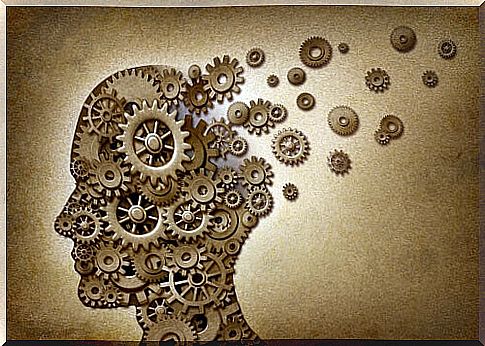Neuroethics: Characteristics And Development

Neuroethics is a discipline that has made its way into the international scientific community due to the large number of studies and research on the brain in recent years.
However, it can be spoken of as a discipline with its own entity since 2002, when a group of specialists from various areas and fields met to study the ethical and social implications of brain research, since classical bioethics was considered too much. generic.
In 2003, a conference on neuroethics was first organized by the Society for Neuroscience. But it was not until 2006 that the Neuroethics Society was established, a group of professionals dedicated to the interest of the social, legal, political and ethical repercussions related to the advances in neurosciences.
As we can see, the development of this discipline is relatively recent, but it is still curious and interesting. Next, we will take a tour of neuroethics from its origins to its current situation to learn more about it.

Emergence of neuroethics
To understand the emergence of neuroethics as a science, it is necessary to take into account the interdisciplinarity present in the neurosciences, since it arose due to the large number of different disciplines that studied the nervous system.
Over time, the need for an understanding between these disciplines grew, accompanied in turn by concern about common ethical issues. Therefore, the classic questions related to the functioning of the nervous system and mind-brain relationships had a lot to do with it.
To all this must be added the great advance, in a short time, of bioethics. A branch of science oriented, above all, towards ethical aspects related to life sciences, such as biology or medicine. This was a motivational boost for neuroscientists, as they did not want to be left behind.
On the other hand, the parallel progression of neuroscience itself had as a consequence that scientific research lines shifted towards topics more related to the inner aspect of the human being. For example, their pathologies or their cognitive and emotional functions.
Therefore, little by little the need for a discipline that cares about establishing the appropriate precepts to coordinate research in these fields was created. And this is how neuroethics came about.
The San Francisco meeting in 2002
Stanford and California Universities organized a meeting in San Francisco (California) in 2002 that marked the birth of neuroethics as a scientific discipline. It was in the bosom of a congress attended by about 150 neuroscientists and in which the foundations of this discipline were laid.
In this meeting, the specialists had to reach an agreement on its definition and field of study. The result was the following definition:
However, although neuroethics was taking its first steps in this way, there were still many aspects to be specified and defined; such as the fact that practically the entire focus of the discipline referred almost exclusively to diseases of the nervous system.
In addition, another problem was the scant attention paid to prevention and the functional aspect of the nervous system, to the clear detriment of sciences such as psychology. As we can see, there is still a long way to go to obtain a broader and more synthesizing vision of this discipline.

Characteristics and development of neuroethics
The development of neuroethics and its characteristics is a reflection of the evolution of four major areas of work:
- Neural Science and the Self: It deals with topics such as the relationship of neuroscience with human freedom and responsibility. In addition, it studies the biological bases of personality, behavior and emotions.
- Neural science and social practices: in this case, the research focuses on social pathologies, also dealing with learning and memory processes, as well as issues related to personal and criminal responsibility, which leads him to touch on some aspects of forensic neuropsychiatry.
- Ethics and practice of neurosciences: it is concerned with ethics applied to clinical practice, covering aspects such as neurosurgery, psychotropic drugs, gene therapy, neural prostheses, etc. In addition, it tries to guide both research and the therapeutic approach to nerve pathologies.
- Neuroscience and public discourse: it refers to the relationships of neurosciences with the academic training of researchers, as well as aspects related to dissemination, without forgetting the relationship with social media.
Therefore, neuroethics is defined as a young multidisciplinary science , with a great projection and with long-term established work objectives. It is, and will be, a fruitful field of research. After all, it is about the most purely human.









